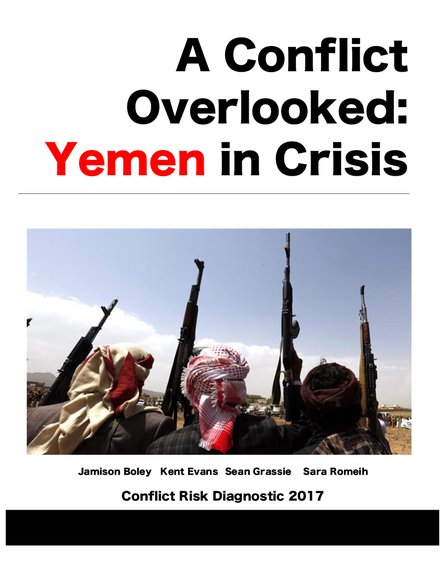
Conflict Background:
Yemen has a weak, highly decentralized central government that has struggled to rule the northern Yemen Arab Republic (YAR) and the southern People’s Democratic Republic of Yemen (PDRY). Since the unification of these entities in 1990, Yemen has experienced three civil conflicts. As the poorest country in the Arab world, Yemen faces serious food and water shortages for a population dispersed over mountainous terrain. The country’s weaknesses have been exploited by Saudi Arabia which shares a porous border with Yemen. Further, the instability of Yemen’s central government has created a power vacuum filled by foreign states and terrorist groups. The central government has never had effective control of all Yemeni territory.
Ali Abdullah Saleh, who was president of Yemen for 34 years, secured his power through playing factions within the population off one another. The Yemeni conflict is not solely a result of a Sunni-Shia conflict, although sectarianism plays a role. The 2011 Arab Spring re-energized the Houthi movement, a Zaydi Shia movement, which led to the overthrow of the Saleh government. Abd-Rabbu Mansour Hadi took office as interim president in a transition led by a coalition of Arab Gulf states and backed by the United States. Hadi has struggled to deal with a variety of problems, including insurgency, the continuing loyalty of many military officers to former president Saleh, as well as corruption, unemployment and food insecurity.